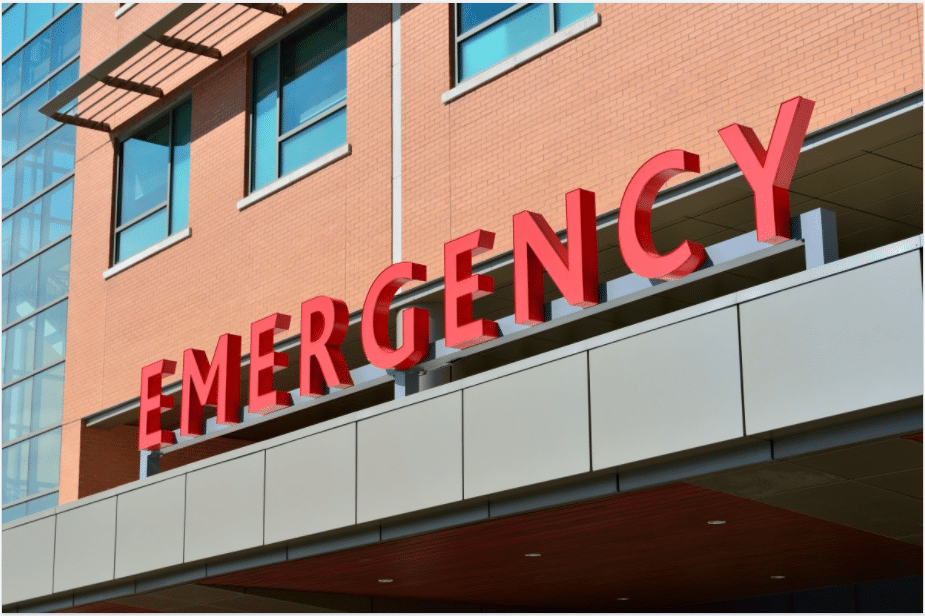A new study elevating the voices of opioid users who survived an overdose found that emergency department (ED) healthcare workers can best support the overdose patients by utilizing a patient-centered, non-judgmental approach, and by focusing on meeting their basic needs rather than on substance use treatment (SUD).
The study, published on December 21 in the journal Academic Emergency Medicine, aimed to close the “knowledge gap” of how the ED can meet patients’ needs following an overdose from heroin (or at least what they had believed to be heroin). From June 2016 to August 2017, the researchers interviewed 24 ED patients immediately following an opioid overdose.
They found that patients’ top priorities were not treatment-oriented.
“Approach it from a patient-centered lens rather than saying, ‘Let’s talk about treatments, let’s talk about not using drugs.’”
“People’s priorities and perspectives for unmet needs were really consistent with what they were mostly before the overdose, so around housing and employment and things along those lines,” first author Kathryn Hawk told Filter. Hawk, an assistant professor of emergency medicine at Yale School of Medicine, conducted most of the study’s interviews.
“I think one of the things that’s really important is if you approach it from a patient-centered lens rather than pointing at somebody and saying, ‘Let’s talk about treatments, let’s talk about not using drugs,’” Hawk said. “Instead, have a conversation of: ‘Do you know about naloxone? What is your goal? What’s most important to you right now? How can I help you get where you need to be?’”
Only 8 percent of people who visited the ED for a non-fatal opioid overdose receive methadone in the year following. For buprenorphine, 13 percent. Hawk stressed the importance of ED workers meeting patients where they are in terms of readiness for SUD treatment or medications for opioid use disorder (MOUD), and tapping into the ED’s potential to become a place where patients could find referrals to resources for their unmet needs.
Some participants described being turned away from treatment for not being “sick enough.”
“Patients and providers are viewing the likelihood of improved outcomes through different lenses,” Hawk told Filter. Of the patients interviewed for the study, “no participant acknowledged the possibility that effective SUD treatment could lead to improvement in fulfilling housing, employment or mental health needs.” Some participants described being turned away from treatment programs for not being “sick enough.”
Almost all of them, however, expressed a desire to stop using illicit drugs. They also described how policies of existing programs acted as a barrier to their housing needs. One patient pointed out how some “sober houses” don’t allow residents who are on MOUD.
Patients also suggested that the ED could provide non-medical resources to its overdose patients: “Do you guys know of any lists of people hiring or anything like that?” one study participant asked her interviewers.
“It’s like every nurse in the emergency room has to come and walk by me like … ‘she’s just a drug addict, so who cares.’”
The study’s participants also described their negative interpersonal experiences with ED staff.
“I mean honestly the thing that bothers me is the looks,” one participant is quoted as saying. “It’s like every nurse in the emergency room has to come and walk by me like, ‘you’re the girl who overdosed’ and it’s kind of like, ‘she’s just a drug addict, so who cares.’”
Hawk told Filter that she hopes to see more ED and EMS staff trained in patient-centered approaches and in using non-stigmatizing language. “We’ve already sort of started to see some of the impact related to this work,” said Hawk. This past January, the American College of Emergency Physicians held a summit on the topic of addressing stigma around opioids in the emergency department. The event featured not just the perspectives of healthcare providers and representatives from federal agencies, but also the perspectives of people with lived experience using drugs.
Hawk hopes that the ED “can develop concrete ways to help engage folks after an overdose, so that we can help provide whatever resources people are interested in or are willing to engage in. But if not, then they at least know that it’s a safe place to be.”
Photo via pxhere/Creative Commons CCO





Show Comments